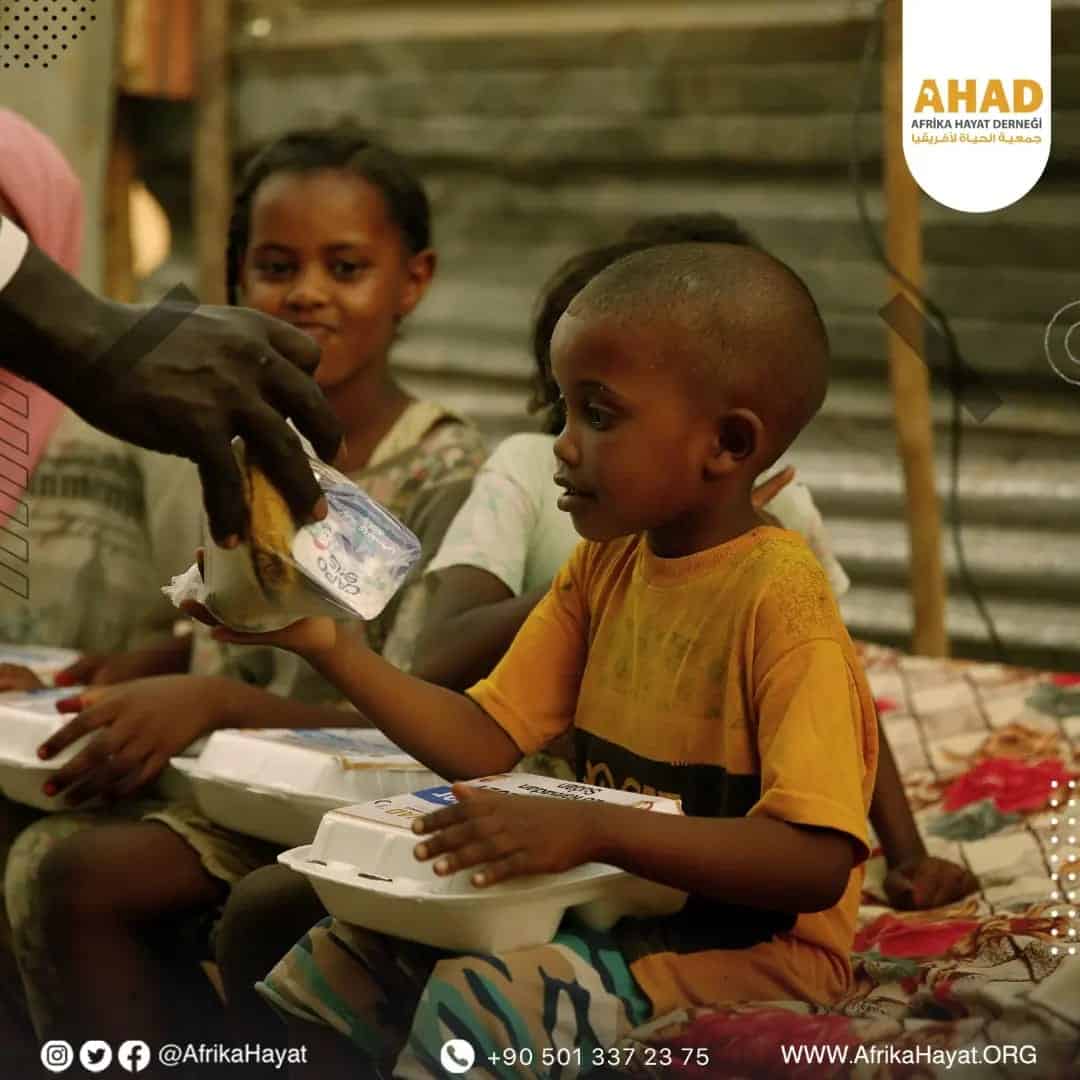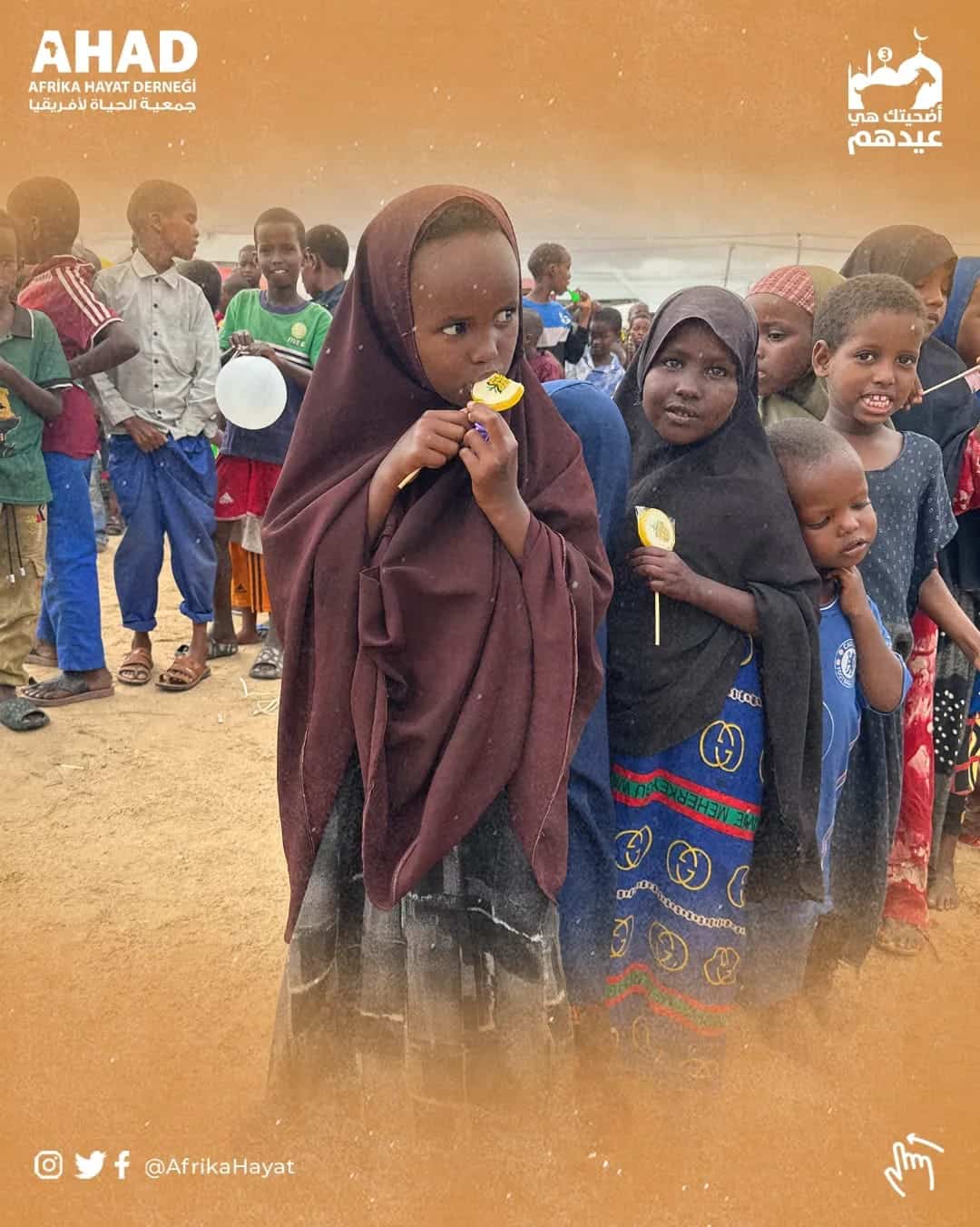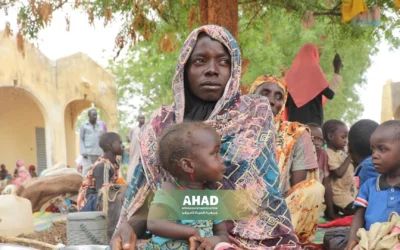Kenya’s hunger crisis
The hunger crisis in Kenya is a serious and recurring problem that severely affects the country, sometimes worsening to catastrophic levels. This crisis is one of the biggest challenges facing the Kenyan government and the international community, as it significantly affects the poor and most needy population.
Kenya’s hunger crisis: challenges and solutions
The hunger crisis in Kenya is a huge challenge that the country faces periodically, as it gets more complicated and aggravated at times to reach catastrophic levels. Multiple factors are causing this crisis, ranging from climate change and drought, to poverty, lack of Water Resources and deteriorating food security. In this article, we will discuss the causes of the hunger crisis in Kenya, its effects on the population and the economy, as well as proposed solutions to mitigate its effects and achieve food security.
Causes of the hunger crisis in Kenya:
The hunger crisis in Kenya is the result of several interrelated factors interacting with each other, further aggravating the situation both domestically and internationally. I’m going to expand on explaining each of the reasons I mentioned:
Climate change and drought:
Kenya is affected by extreme climatic fluctuations and frequent periods of drought. These climatic phenomena adversely affect agriculture and pasture for animals significantly. Drought reduces the amounts of water available, making irrigation more complicated and leading to reduced agricultural and livestock productivity. Extreme weather fluctuations can also lead to a complete loss of crops, which increases the food shortage in the country.
Lack of Water Resources:
The shortage of fresh water is a major challenge in Kenya, as it causes additional difficulties in agriculture and grazing. The scarcity of Water Resources makes it difficult to provide the necessary water for agriculture, and may cause contamination of the remaining water due to excessive agricultural use, leading to long-term effects on crops and the environment.
Poverty and lack of income:
Poverty is a major factor contributing to the worsening hunger crisis in Kenya. Poor families find it difficult to buy the necessary food even when it is available due to high food prices and taxes on food products. This increases the levels of hunger and undernutrition among children and the elderly.
Deterioration of food security:
Food security is significantly affected by conflicts and humanitarian crises in Kenya. Armed conflicts and political tensions can cut off access to marginalized areas and restrict people from moving, making it difficult to provide food to affected families.
Lack of food subsidies:
The shortage of food subsidies and international assistance further aggravates the situation in Kenya. The unavailability of the necessary food assistance to the affected families can increase the numbers of undernourished people.

Proposed solutions to the hunger crisis in Kenya:
Promoting sustainable agriculture and effective water resources management:
– The use of modern agricultural technology such as drip irrigation and vertical farming to improve crop productivity while reducing water consumption.
– Encouraging the cultivation of diverse crops that tolerate drought and are more resistant to climate changes.
– Provide training programs for farmers on sustainable agricultural methods and effective management of Natural Resources.
Providing emergency and sustainable food assistance to affected families:
– Provide food to the affected families urgently to ensure that their basic nutritional needs are met.
– Establish long-term programs that ensure the provision of healthy and sustainable food to poor families and affected communities.
– Cooperation with international and local organizations to coordinate and distribute food aid effectively.
Improving disaster and emergency management infrastructure:
– Establish early warning systems to predict natural disasters such as droughts and floods to minimize their impact.
– Build equipped relief centers in the most disaster-prone areas to provide immediate support.
– Develop emergency response plans that include all relevant sectors to ensure a quick and effective response.

Enhancing food security and nutrition for children and families in need:
– Provide integrated meals in schools to ensure that children receive the necessary nutrition.
– Monitoring the nutritional status of children and families and providing the necessary health support.
– Organizing awareness campaigns about healthy nutrition and its benefits to improve food habits in the community.
Strengthening the social and economic security of poor families:
– Providing soft loans to poor families to enable them to start small projects that help them improve their income.
– Providing training programs focused on developing professional skills and increasing job opportunities.
– Strengthen social safety nets such as cash subsidies and social protection programs to ensure that poor families receive the necessary support.
By adopting these proposed solutions, it is possible to alleviate the hunger crisis in Kenya and achieve a noticeable improvement in the living conditions of the affected population. This requires cooperation between the Kenyan government, the international community and NGOs to ensure the implementation of effective and sustainable strategies that help provide food security and improve the quality of life for affected communities.
The hunger crisis in Kenya the role of organizations in addressing and mitigating the crisis
The hunger crisis in Kenya is a major challenge that requires coordinated interventions and multidimensional efforts by local and international organizations. These organizations play a crucial role in providing emergency assistance, supporting sustainable development, and enhancing food security. In this section, we will review the different roles that organizations are playing in the face of the hunger crisis in Kenya.
Emergency food assistance:
Many international and local organizations are working to provide emergency food assistance to the affected families. Such aids include:
– Providing Cereals, Oils, legumes, and other basic foodstuffs to needy families.
– Setting up field kitchens to provide ready meals for people who cannot cook on their own.
– Provision of food vouchers or cash assistance conditional on the purchase of necessary foodstuffs.
Promoting sustainable agriculture:
Organizations contribute to supporting sustainable agriculture by:
– Teaching farmers modern and sustainable agricultural techniques that help increase productivity and improve the quality of crops.
– Construction and development of irrigation systems to ensure efficient water use and reduce the effects of drought.
– Encourage the cultivation of diverse crops that withstand climate changes and are nutritious.
Improve nutrition and health:
Organizations work to improve nutrition and public health by:
– Provide integrated meals for children in schools to ensure that they receive the necessary nutrition.
– Providing health and nutrition care services in remote and marginalized areas.
– Organizing awareness campaigns on proper nutrition and the importance of eating balanced meals.
Infrastructure support and Disaster Management:
Organizations help build community capacities to deal with disasters by:
– Establishment of systems for monitoring weather conditions and early warning of climate crises.
– Distribution of emergency tools and equipment to help communities deal with crises.
– Set up relief centers equipped to provide immediate support to the affected families.
Strengthening social and economic security:
Organizations contribute to improving the social and economic conditions of poor families by:
– Providing soft loans to support small businesses and enhance income.
– Providing training programs to develop professional skills and increase job opportunities.
– Providing cash subsidies and social protection programs to support the most needy families.
Active organizations in Kenya:
World Food Programme (WFP)
Food and Agriculture Organization (FAO):
The Red Cross
United Nations Children’s fund (UNICEF):
Local and international NGOs: these include organizations such as “Oxfam”,”Save the children”, and “care”, where they play a big role in providing aid and development support.
AHAD society
Local and international organizations are playing a vital role in addressing the hunger crisis in Kenya. By providing emergency food assistance, promoting sustainable agriculture, improving nutrition and health, supporting infrastructure, strengthening socio-economic security, these organizations contribute to alleviating the crisis and improving the living conditions of the affected population. Achieving food security in Kenya requires continuous and coordinated cooperation between the government and various organizations to ensure the sustainability of the efforts made and effectively address the hunger crisis.

AHAD: improving the quality of life in the heart of Africa
AHAD works hard in the heart of the African continent, especially in the countries of Central and West Africa, looking forward to improving the quality of life of the poor and disadvantaged in those regions through its various projects in the fields of health, education, water, and economic development.
AHAD recognizes the unique nature of the communities it works with, and believes that sustainable development starts from within the community itself. Therefore, AHAD adopts strategies based on empowering the community by leveraging the skills and capabilities of its members, and enhancing their effective participation in development projects. These strategies ensure the achievement of a sustainable positive impact that extends to future generations.
Providing basic health services in rural and remote areas, through the establishment of health clinics and the provision of necessary examinations and treatments.
Organizing awareness campaigns to educate communities about the importance of personal hygiene, vaccinations, and the Prevention of infectious diseases.
Establish schools and provide them with the necessary educational facilities to ensure an appropriate educational environment.
Providing training programs for teachers to raise their efficiency and improve the quality of Education.
Organizing literacy programs for adults to enable them to acquire basic skills that help them in their daily lives.
Drilling wells in areas suffering from a shortage of clean water, to ensure access to safe drinking water for households.
Develop sustainable irrigation systems to support local agriculture and improve food security.
Providing micro-loans to support small and medium-sized enterprises, enabling individuals to improve their income and raise their standard of living.
You can visit the AHAD website to find out more about the projects it offers
ALSO READ
WHAT THE FOOD BASKET CONTAINS IN AHAD
Join us in our message




